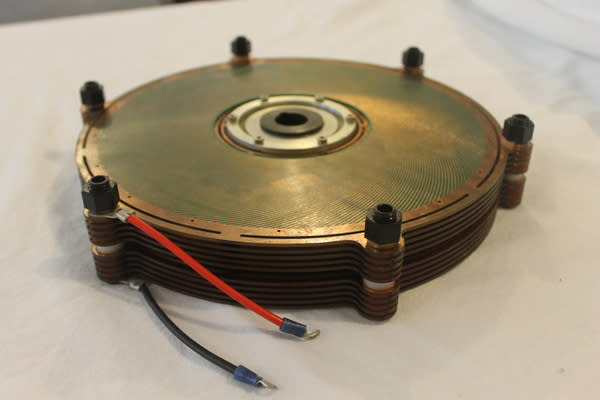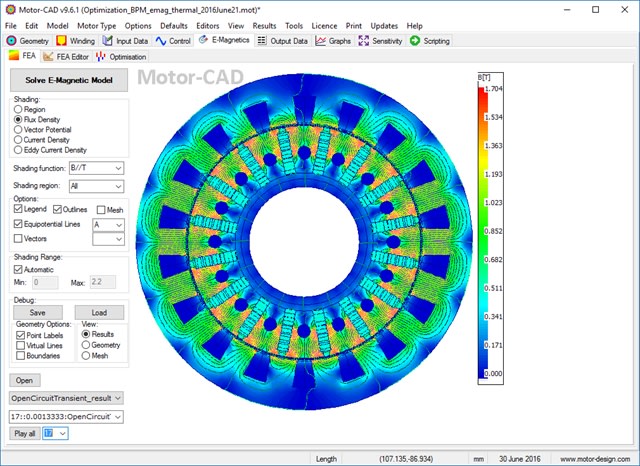HotPotato
Chemical
- Apr 25, 2016
- 18
Hello All,
I am a chemical engineer and not familiar with the intricacies of electrical components, but do know enough to do a job. I am currently bidding a job and a skid vendor is offering me either a 25 HP or 30 HP motor. I have two general questions:
1) The power supply is 460V/3PH/60Hz. Both the 25HP and 30HP motor obviously utilize this same power source, so my question is what part of the constructed motor is altered to increase HP in the motor at identical power sources? For example, does the motor become longer? Or does the motor stay the same length but the coils are more densely packed?
2) There is 500ft between the power source at the MCC and the motors in the field, and thus there is voltage drop. Remembering that I am not a 'motor expert', what lingo or terminology is used to define the lowest voltage the motor can use before it won't work? In this question I assume that the power source voltage will not increase itself to deliver the correct voltage to the motor after voltage drop (via unknown MCC magic![[bigsmile] [bigsmile] [bigsmile]](/data/assets/smilies/bigsmile.gif) ).
).
Thanks!
Mike
I am a chemical engineer and not familiar with the intricacies of electrical components, but do know enough to do a job. I am currently bidding a job and a skid vendor is offering me either a 25 HP or 30 HP motor. I have two general questions:
1) The power supply is 460V/3PH/60Hz. Both the 25HP and 30HP motor obviously utilize this same power source, so my question is what part of the constructed motor is altered to increase HP in the motor at identical power sources? For example, does the motor become longer? Or does the motor stay the same length but the coils are more densely packed?
2) There is 500ft between the power source at the MCC and the motors in the field, and thus there is voltage drop. Remembering that I am not a 'motor expert', what lingo or terminology is used to define the lowest voltage the motor can use before it won't work? In this question I assume that the power source voltage will not increase itself to deliver the correct voltage to the motor after voltage drop (via unknown MCC magic
![[bigsmile] [bigsmile] [bigsmile]](/data/assets/smilies/bigsmile.gif) ).
). Thanks!
Mike





